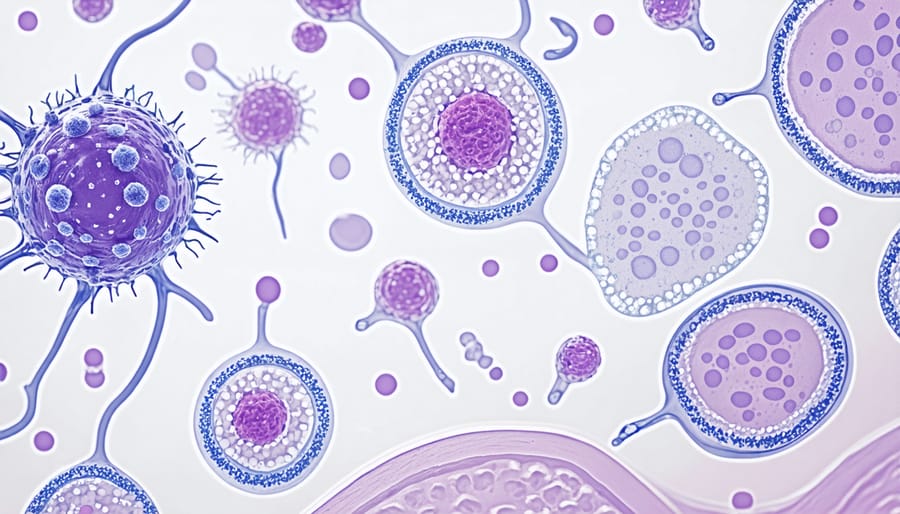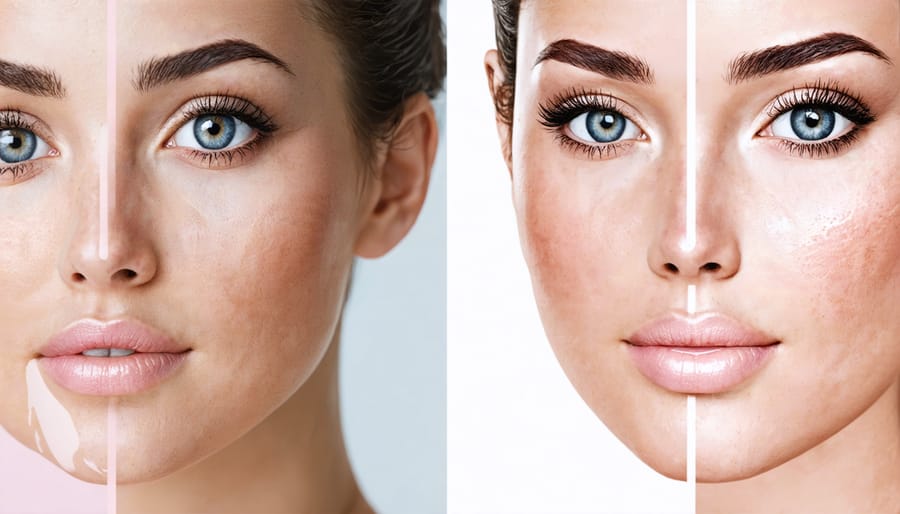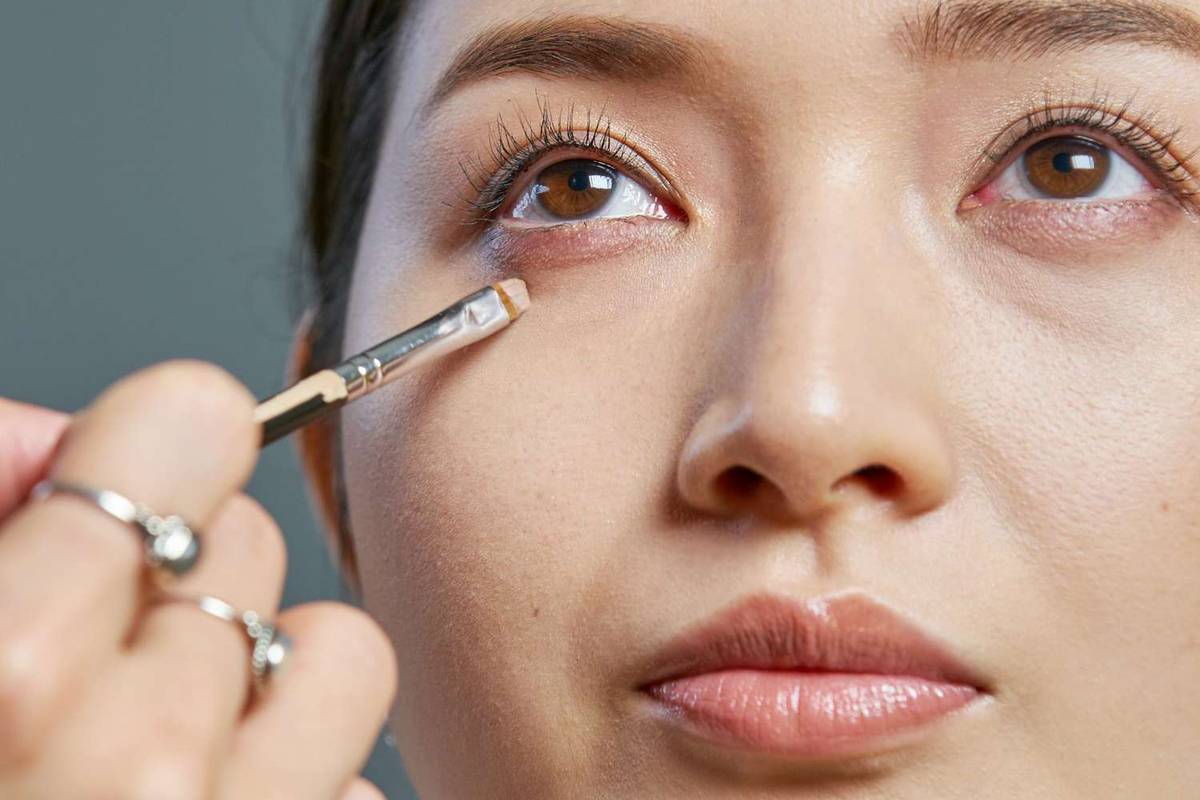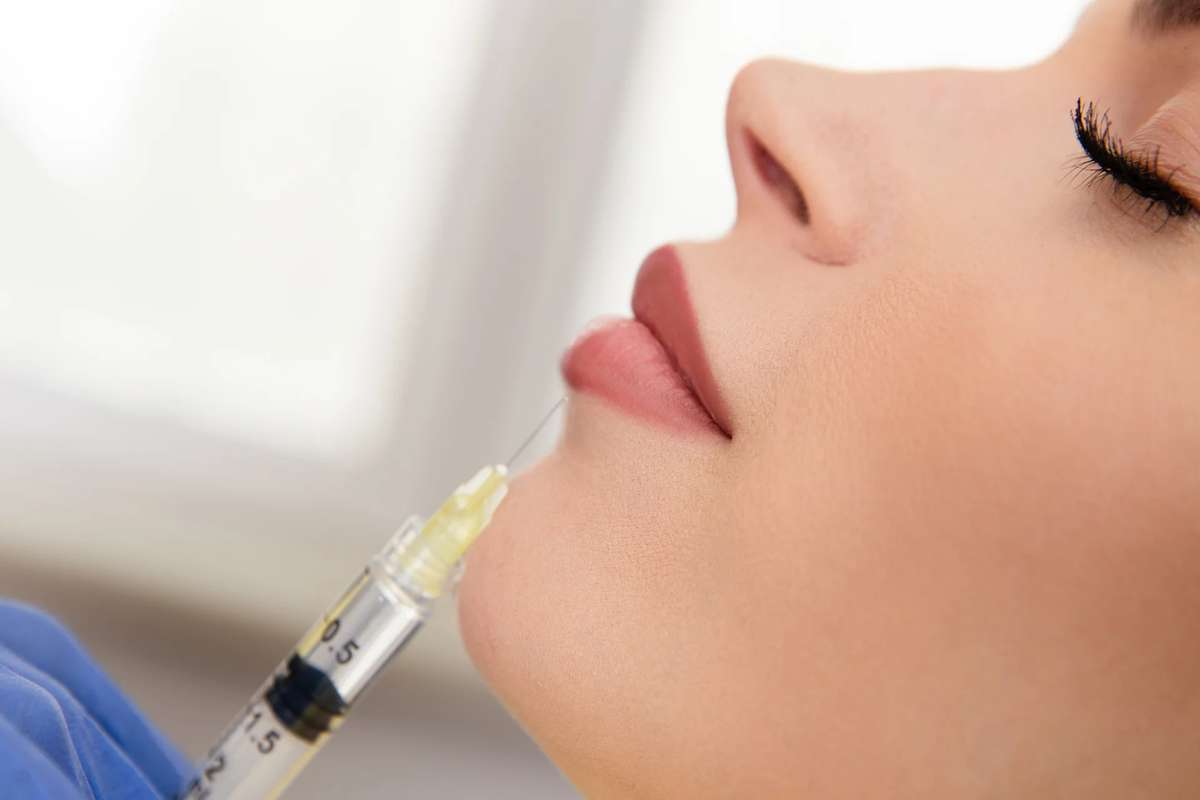Recent studies reveal that kratom consumption significantly impacts skin health through multiple pathways. Research from Happy Go Leafy online indicates that this botanical supplement can influence collagen production, sebum regulation, and inflammatory responses in the skin. While some users report improved complexion due to kratom’s antioxidant properties, others experience challenging side effects like dehydration and hormone-related skin changes. Understanding these effects is crucial for maintaining healthy skin while using kratom responsibly.
The relationship between kratom and skin health involves complex interactions with the body’s endocrine system, immune responses, and cellular regeneration processes. This comprehensive analysis explores both the beneficial and potentially problematic effects on skin health, offering evidence-based insights for those seeking to optimize their skincare routine while using kratom products.
Understanding Kratom’s Impact on Skin Health
Direct Effects on Skin Cells
Kratom’s active compounds, particularly mitragynine and 7-hydroxymitragynine, interact with skin cells through multiple pathways. These alkaloids can influence cellular processes related to skin health maintenance and regeneration. When absorbed into the bloodstream, these compounds can affect the skin’s sebaceous glands, potentially altering oil production and hydration levels.
Research suggests that kratom’s compounds may influence collagen production and skin cell turnover. The plant’s natural anti-inflammatory properties can help reduce skin inflammation, though this effect varies among individuals. Additionally, kratom’s interaction with melanocytes—cells responsible for skin pigmentation—may contribute to changes in skin tone and texture.
The relationship between kratom and skin cell function is complex and depends on various factors, including dosage, frequency of use, and individual skin sensitivity. While some users report improved skin clarity due to kratom’s stress-reducing properties, others may experience temporary changes in skin moisture levels. These effects are primarily attributed to kratom’s influence on the body’s endocrine system, which plays a crucial role in maintaining skin homeostasis.
Understanding these cellular interactions helps us develop more effective skincare strategies for kratom users, ensuring optimal skin health while respecting individual wellness choices.

Hormonal Influences
Kratom’s interaction with hormonal systems can significantly impact skin health through various mechanisms. Research suggests that kratom may influence cortisol levels, the body’s primary stress hormone, which can affect sebum production and skin inflammation. When cortisol levels fluctuate, it may lead to increased oil production and potential breakouts.
Additionally, kratom’s interaction with the endocrine system may affect testosterone and estrogen balance. These hormonal changes can manifest in skin-related concerns such as altered skin texture, occasional dryness, or unexpected oiliness. Some users report experiencing mild hormonal acne, particularly along the jawline and chin areas.
Understanding these hormonal influences is crucial for maintaining healthy skin while using kratom. Regular monitoring of skin changes and maintaining a consistent skincare routine can help manage these effects. Many users find success in adjusting their skincare regimen to accommodate these hormonal fluctuations, incorporating products that help balance oil production and support skin barrier function.
It’s important to note that individual responses vary significantly, and not everyone experiences noticeable skin changes. If you observe persistent skin issues, consulting with a healthcare provider can help determine whether hormonal influences from kratom use may be contributing to your skin concerns and develop an appropriate management plan.
Common Skin Changes Observed with Kratom Use
Dehydration and Dryness
One of the most noticeable effects of kratom on skin health is its potential to cause dehydration, which can lead to dry, dull-looking skin. This occurs because kratom has mild diuretic properties, meaning it can increase fluid loss from the body. When the body becomes dehydrated, the skin often shows the first visible signs, appearing less plump and elastic than usual.
Regular kratom users may notice their skin feeling tighter, showing fine lines more prominently, or developing a rough, flaky texture. This is particularly concerning in climate-controlled environments where indoor heating and cooling systems can further compromise skin hydration levels.
To counteract these effects, it’s essential to increase your daily water intake when using kratom. Aim for at least 8-10 glasses of water daily, and consider incorporating hydrating foods into your diet. Using a high-quality moisturizer immediately after cleansing can help lock in hydration, while humidifiers in your living space can provide additional environmental moisture support. If you notice persistent dryness, consulting with a skincare professional can help develop a personalized hydration strategy.

Complexion Changes
Regular kratom users often report noticeable changes in their complexion, ranging from subtle shifts in skin tone to more pronounced textural variations. Many individuals observe a slight yellowing or darkening of their skin, particularly in areas with natural pigmentation. This effect is typically temporary and relates to how kratom’s active compounds interact with melanin production and circulation.
The texture of the skin may also undergo changes, with some users experiencing increased dryness or occasional flushing. These variations are often more pronounced in the facial area and can be influenced by factors such as dosage, frequency of use, and individual skin sensitivity. While these changes are generally mild, they may be more noticeable in individuals with fair or sensitive skin.
It’s important to note that complexion changes can vary significantly from person to person. Some users report a more even skin tone, while others may experience temporary patches of uneven coloration. These effects are typically reversible and can be managed effectively through proper skincare routines and adequate hydration.
Regular monitoring of your skin’s appearance and responding promptly to any changes helps maintain optimal skin health while using kratom.
Protecting Your Skin While Using Kratom
Skincare Recommendations
To support your skin health while using kratom, focus on a comprehensive skincare routine that emphasizes hydration and protection. Start with a gentle, pH-balanced cleanser twice daily to remove impurities without stripping natural oils. Follow with an alcohol-free toner containing soothing ingredients like chamomile or green tea extract.
Since kratom may affect skin moisture levels, incorporate a hyaluronic acid serum and a rich moisturizer to maintain optimal hydration. For maintaining healthy skin texture, use a mild exfoliant 2-3 times weekly, preferably containing gentle AHAs or BHAs.
Sun protection is crucial, so apply a broad-spectrum SPF 30+ sunscreen daily. Consider adding antioxidant-rich products containing vitamins C and E to combat potential free radical damage. If you notice persistent skin concerns, professional skin rejuvenation treatments may help restore balance and radiance.
Remember to stay well-hydrated by drinking plenty of water throughout the day, as this supports both your skin’s health and helps minimize potential kratom-related dehydration effects.

Understanding kratom’s effects on skin health is crucial for making informed decisions about its use. While kratom may offer various benefits, it’s essential to be mindful of potential skin-related impacts and take proactive steps to maintain healthy skin. Regular hydration, a balanced diet rich in antioxidants, and consistent skincare routines can help minimize any adverse effects. If you’re concerned about skin changes while using kratom, consider consulting with a healthcare professional who can provide personalized advice and monitor your skin health. Remember that everyone’s skin responds differently, and what works for one person may not work for another. By staying informed and implementing preventive measures, you can better maintain your skin’s health and appearance while making choices that align with your wellness goals.



